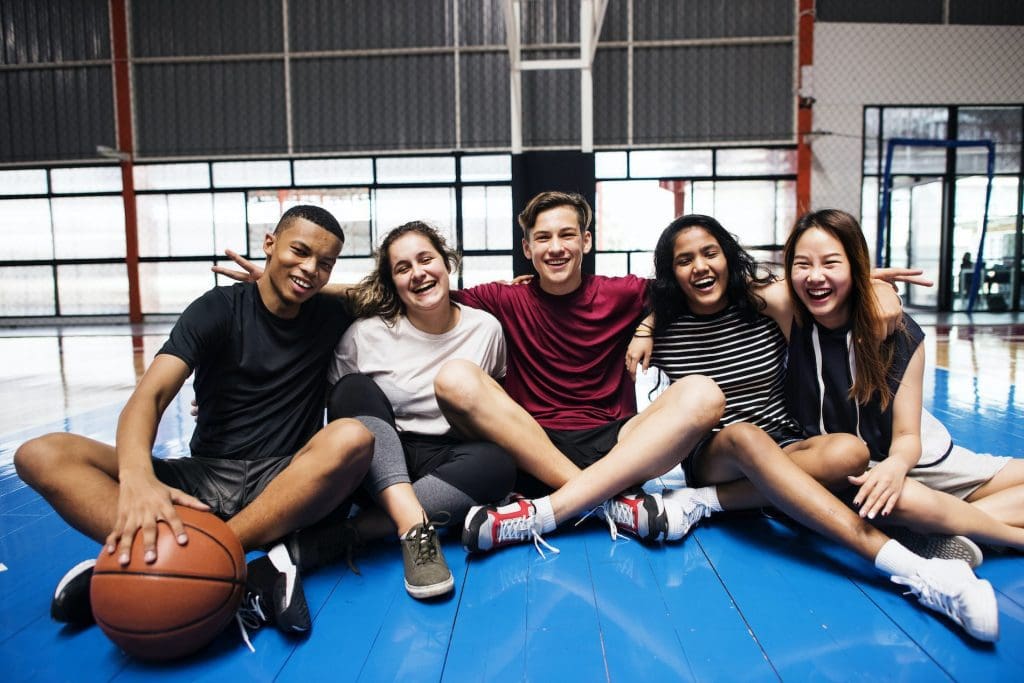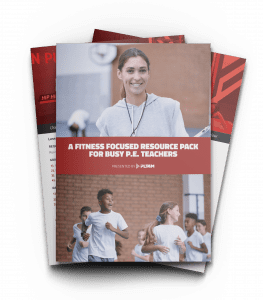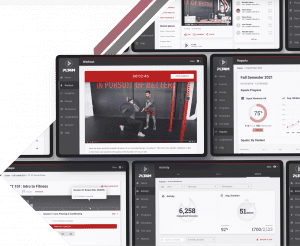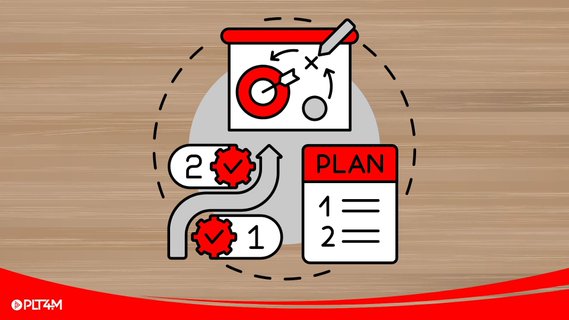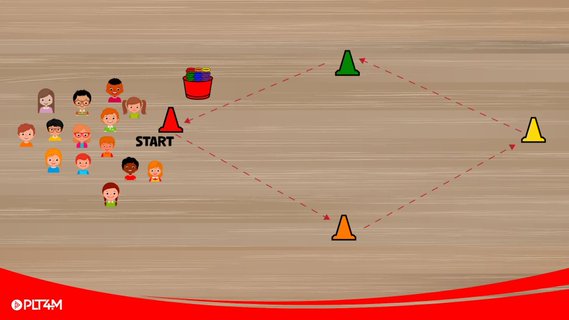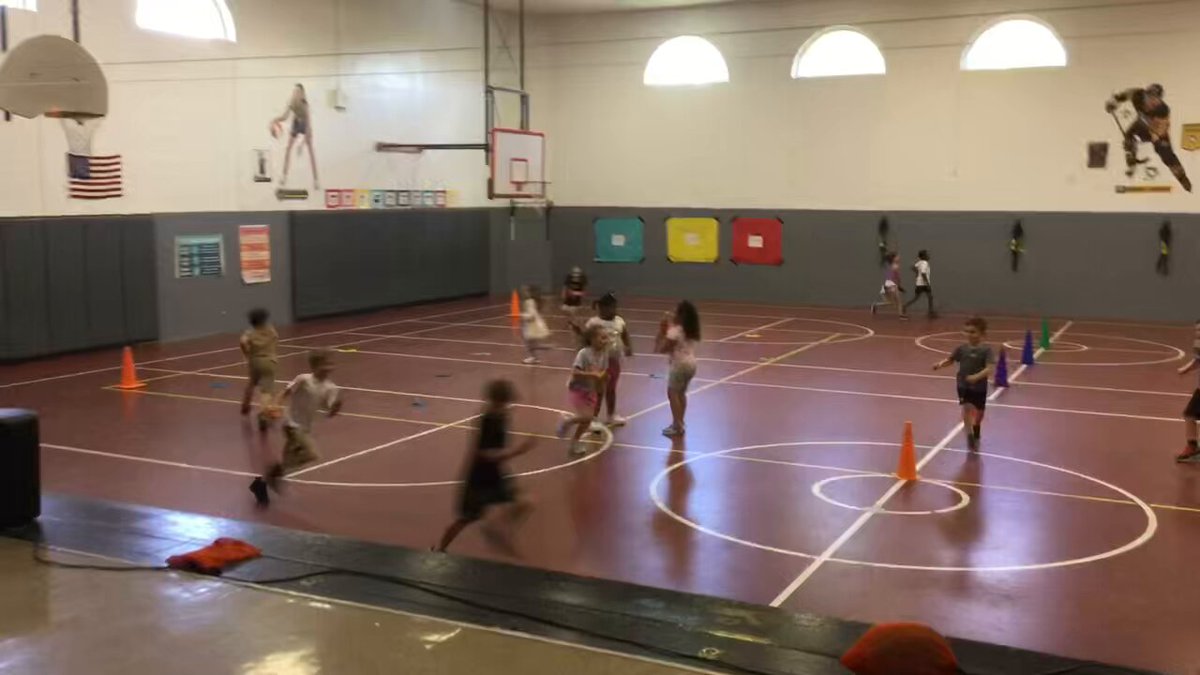At Arlington High School in Washington, the physical education department is reimagining the power of PE. The top priority: developing students’ physical identity. Judd Hunter, the school’s PE department chair, says that physical identity drives every class and conversation in PE,
“We want every student that comes through our physical education program to figure out what they enjoy for exercise so they can be physically active for the rest of their lives.”
To do so, Arlington High School has created a course offering and clear mission that supports every student to see a path from physical education to lifelong fitness.
The Importance Of Physical Education In Long Term Health and Wellness
For students, high school is the final stop before an entirely new level of independence. And while structure will exist in many areas of life, fitness and health become entirely up to the individual.
As a result, high school physical education’s lessons, skills, and values are crucial to long-term health and wellness. Because of this, educators like Judd Hunter at Arlington High School see the importance of physical education,
“We want to create a pathway through physical education to the real world. Therefore, our classes need to be reflective of what fitness can look like beyond high school.”
To help the over 1,700 students at Arlington High School find their physical identity, the physical education department has worked to create classes and courses that meet the diverse needs of their student population. And more importantly, the classes teach and develop fitness options that students can continue past high school. Judd says this variety is the key to developing students’ physical identities,
“A misconception, especially for high school students, is that fitness has to look a certain way. But our classes help students see that fitness and wellness can take on many forms.”
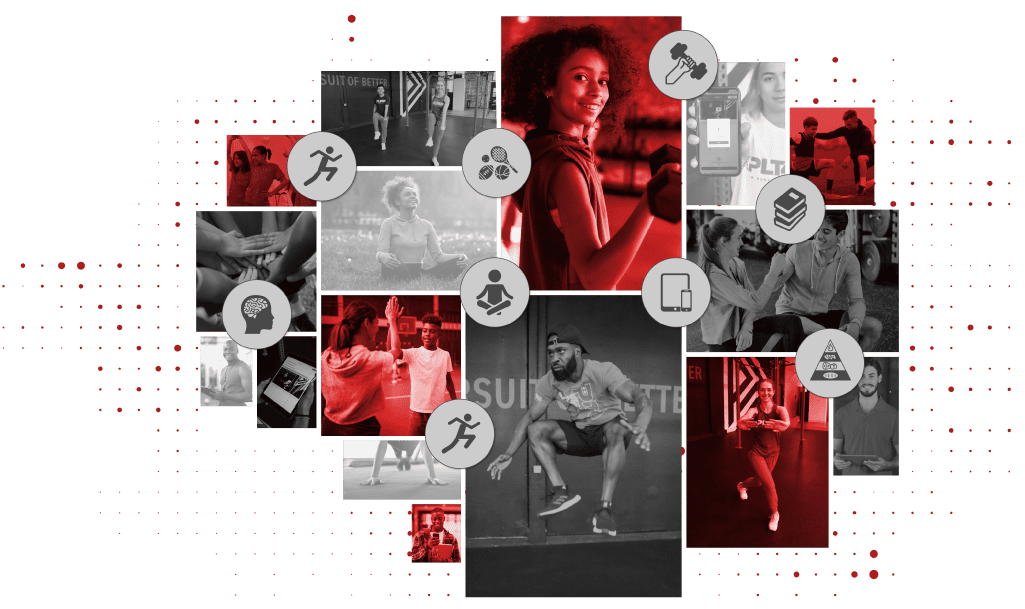
Physical Identity & Intensity Levels
To help students find the physical education class to meet their physical identity, Arlington High School uses intensity levels to guide students. Each class has a clearly labeled intensity level. The classes offered by Arlington High School include:
- Walking / Toning – (Low)
- Adaptive Physical education (Low)
- Recreational PE (Medium)
- Net Sports and Conditioning (Medium)
- Speed, Power, and Agility Training (High)
- Weight Training (Very High)
- Fit and Tone Weight Training (High)
- Athletic Weight Training (Very High)
Judd says that classes offered to students reflect the mission of fostering physical identity for everyone,
“We are proud of the variety of classes and courses students can sign up for in the physical education department. Through variety, we can motivate and engage students toward finding an avenue for lifelong fitness. Not every student wants or needs a high-intensity workout to still be healthy. We want to give options at every level.”
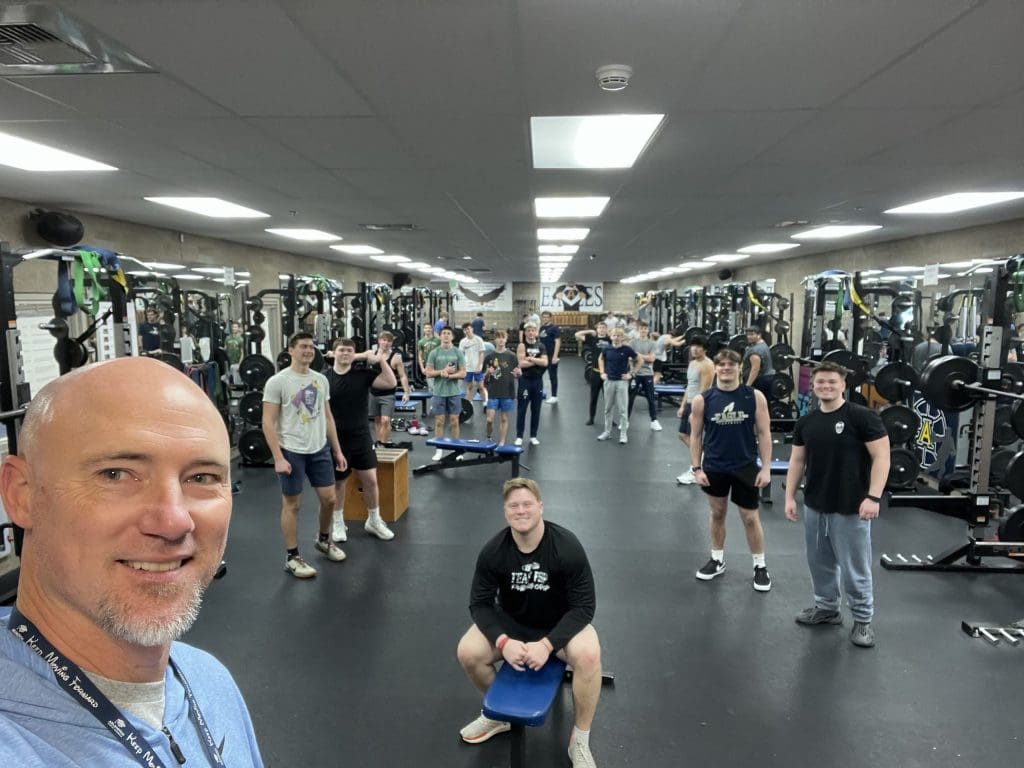
Free Fitness Lessons For P.E. Classes
Looking to branch out from the traditional games based P.E model? These 15 ready to go lessons can help!
Different Classes with Similar Goals
Although the physical education classes at Arlington High School range in intensity levels, they all follow similar goals around physical identity. The department has several goals for all of its students, regardless of the class:
- Encourage physical activity in order to maintain a reasonable level of fitness
- Encourage positive self-image and social development through cooperative interaction
- All classes contain a conditioning component
- Each class has a goal-setting component
- Students are assessed and graded on Physical Education Standards
Whether a student is walking, playing a game, or completing a strength and conditioning workout, they pursue a physical identity that will promote long-term health and wellness. Judd says that even though the classes look and feel very different, the shared goals help to empower all students,
“No matter what class or classes a student takes throughout high school PE, there is a pathway for long-term fitness. Every student has an opportunity to find and develop a physical identity that works for them.”

Technology’s Role In Fostering Physical Identity
Beyond the high-level steps to foster physical identity through class variety, Arlington High School also takes a personalized approach during classes.
For example, in many of the higher-intensity courses, students work out in the weight room. And because each student has unique strengths, skills, and abilities, the goal within all these classes is to create an individualized plan for success. To help with this, Arlington High School students have access to a physical education app. Judd says that this takes fostering physical identity to the next level,
“Phones and devices are a part of students’ lives. By teaching them how to use an app to improve their physical fitness, they learn that the phone is more than just a way to text friends and scroll social media. It gives them a new level of independence crucial to our physical identity mission.”
In addition to personalized workouts via an app, students also have access to videos and resources that Judd believes is another important layer to developing physical identities,
“The instructional videos and content are an excellent resource for kids to access on their own at any time. It aligns with our goals because students can find an array of different materials that interest them and their personal fitness.”
Technology allows Arlington High School to fully commit to their mission of fostering physical identity in physical education.
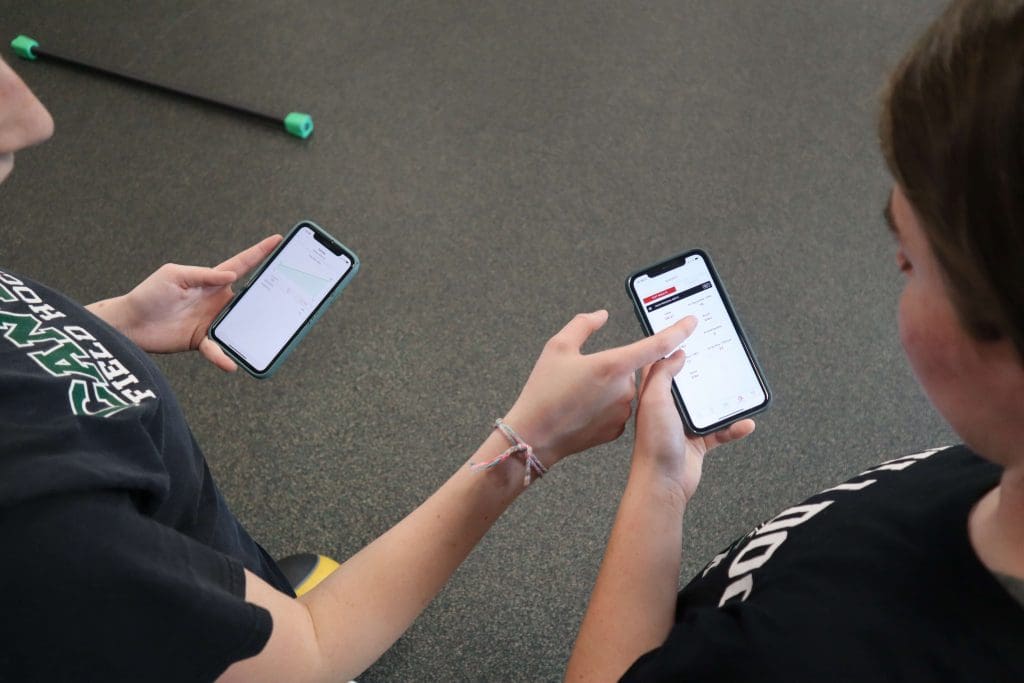
Top 5 Benefits of Using
Technology in Physical Education
Learn how physical education departments are benefiting from embracing technology in their classrooms
Results of a Physical Identity Focused PE Program
Arlington High School requires students to take three total semesters of physical education. But many of the students at Arlington continue developing their physical identity after they have completed the requirements. Judd sees this as a sign that the classes are appealing and engaging beyond just checking a box,
“PE has become many students’ favorite class because they can move and be active during the school day. For some, that means playing different games; for others, it means getting a great workout done in the weight room.”
And even for the students who don’t continue past the three required semesters, Judd is confident that every student has gotten a chance to explore what their physical identity is,
“The results of our physical identity focused PE program is tremendous. We can see our diverse range of students all finding a pathway for physical fitness that will serve them well beyond graduating.”
As more schools look to empower physical fitness for all students, they should consider the power of a physical identity focused course offering like Arlington High School.
Ready to Learn More?
Schedule a free 10 minute consultation to see how the PLT4M system can help save you time, and empower student learning!
